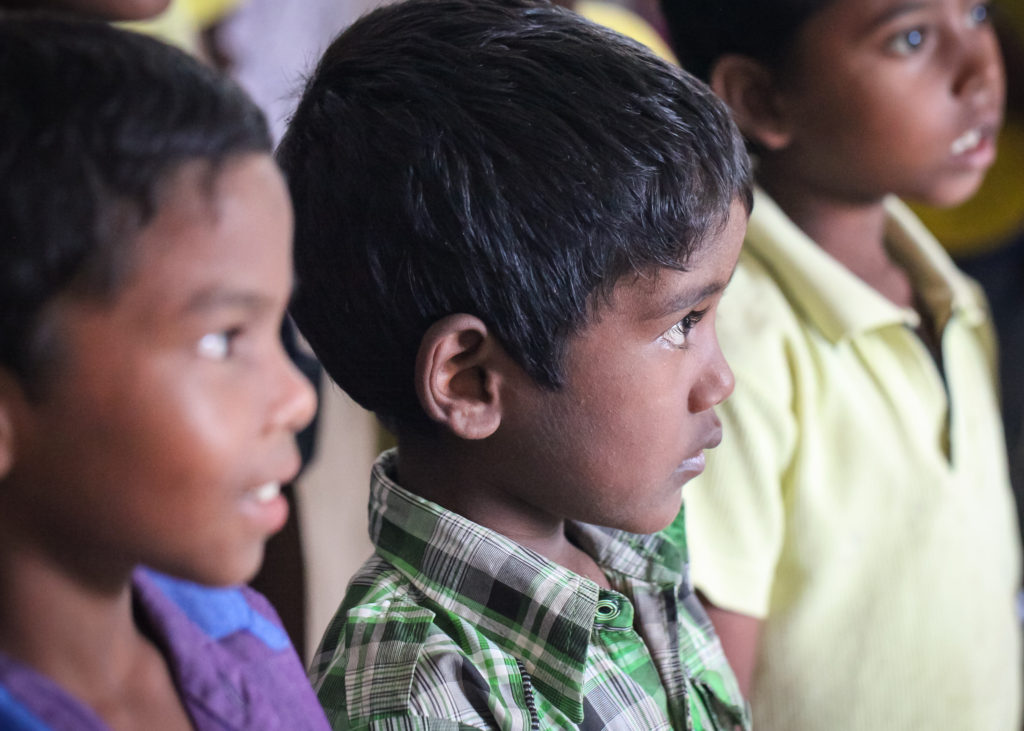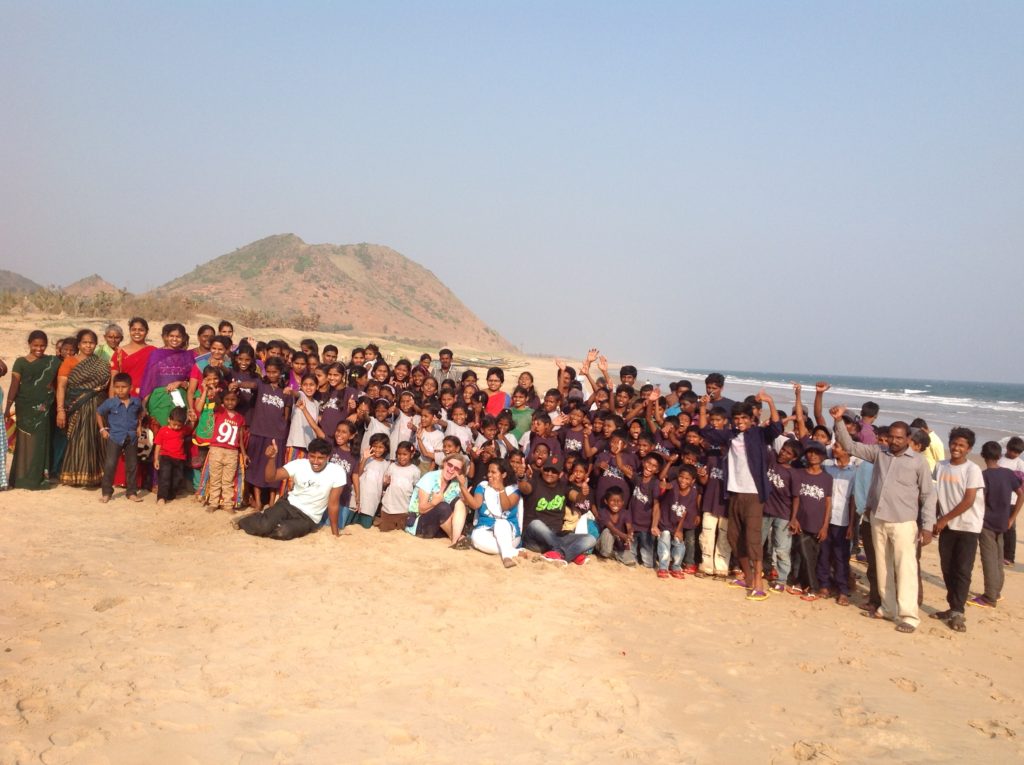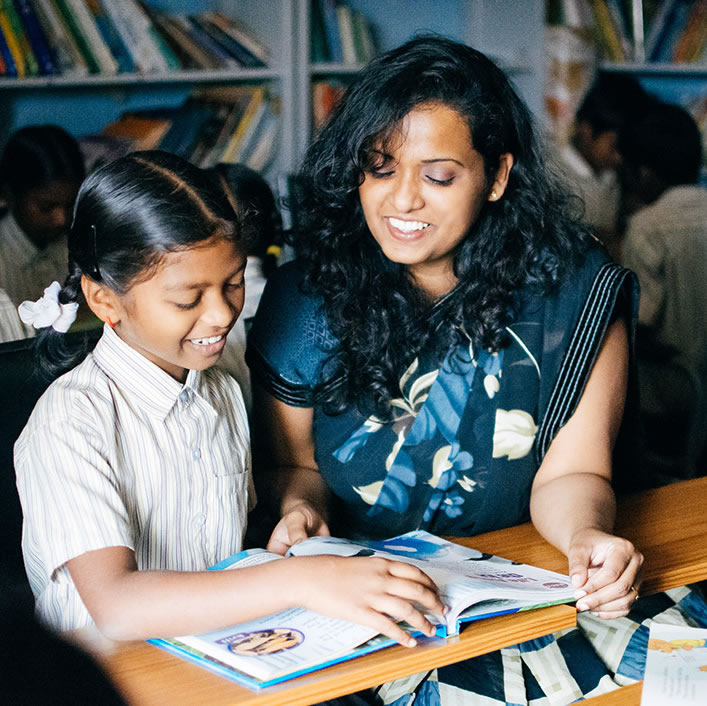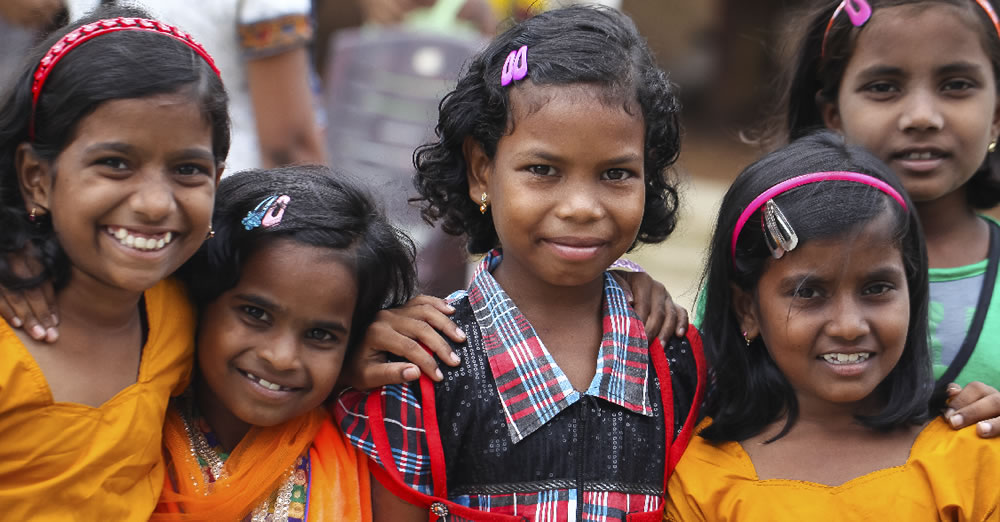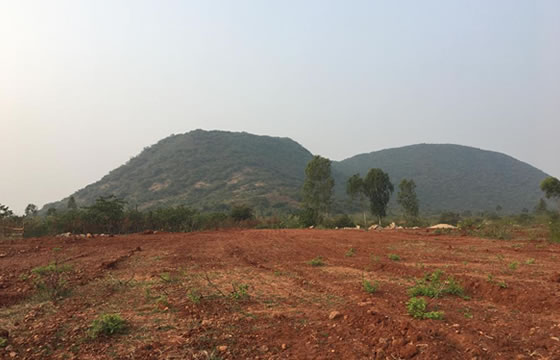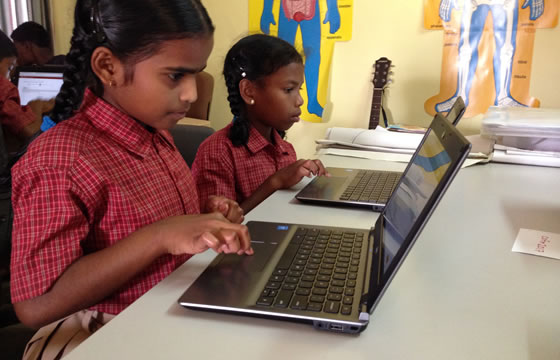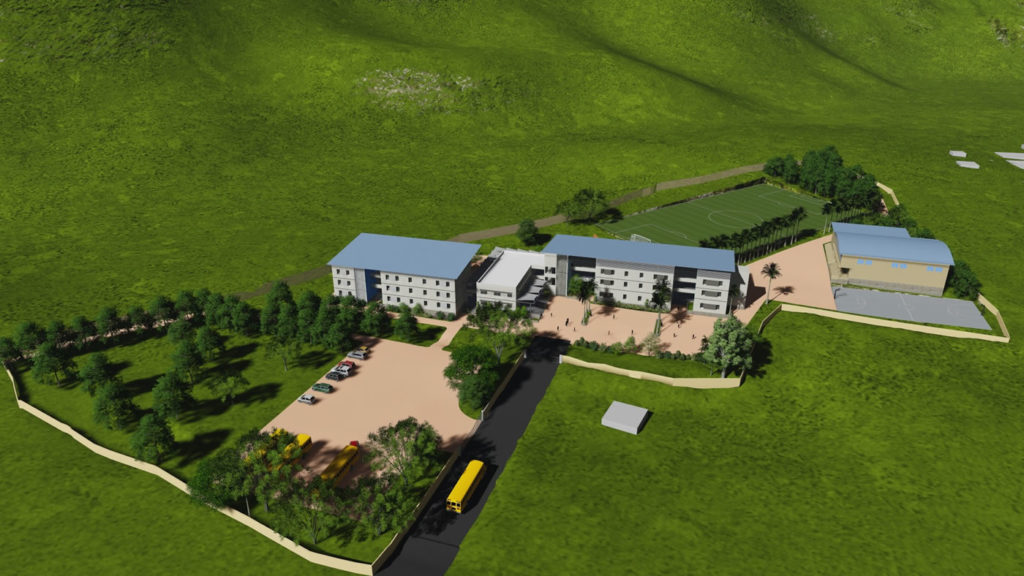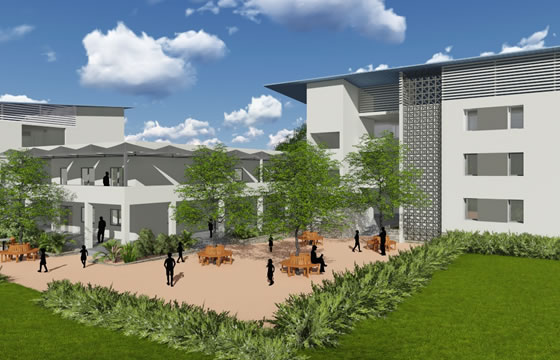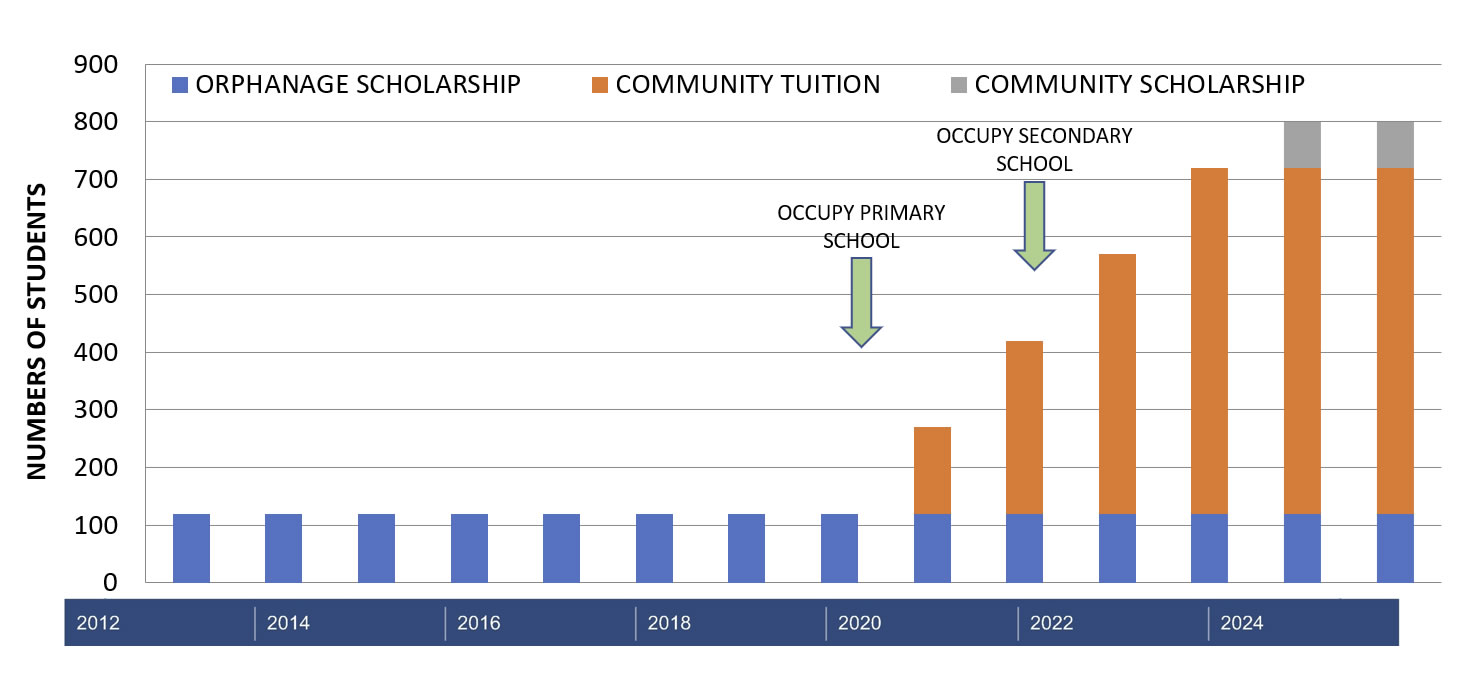“Have a bias toward action; let’s see something happen now. You can break that big plan into small steps and take the first step right away”
— Indira Gandhi
Mission
Hope Academy is dedicated to empowering many of southeast India’s most disadvantaged children to achieve lives of purpose, service, accomplishment and leadership. A core means is via delivering world-class, innovative and self-sustaining, STEM-rich educations to children from amongst the lowest socioeconomic classes and castes.
HISTORY & PLAN
The History of Hope Academy
Hope Academy was born out of the recognition of critical unmet needs amongst populations of India’s most disadvantaged children…those traditionally cast aside by society. Having spent a decade in the U.S., Andhra Pradesh native Anand Thandu, and Orissa native Roseline Thandu, came back to India in 2007, to Visakhapatnam, to initiate the change that they recognized as critically necessary.
Beginning first by founding an orphanage, which they built and sustained with their own resources and the compassion and generosity of a cadre of friends and supporters in India and the U.S., they grew in a few short years from serving five children, to caring for more than 120.
In 2012, confronting the reality that the children in their care were receiving acutely substandard educations from local community schools, they committed to a bold next step, the creation of a world-class school so as to educate and empower these children for successful lives of accomplishment, fulfillment, and even leadership. These were the origins of Hope Academy.
Dedicated to nothing short of excellence for the students of Hope Academy, the Thandus sought and secured expertise from leaders in the K-12 education field—institutions and individuals in both India and the US—and developed curricula and practices which have consistently produced measurable results that far exceed Indian national standards. With six years of data to examine, 100% of Hope Academy’s students graduate, or are on track to graduate…many with honors…and more than 50 have successfully transitioned to universities, junior colleges, nursing schools, and careers.
In 2013, the Hope Academy vision and mandate grew. For the school’s long-term sustainability, as well as the ability to serve far greater numbers of students from Visakhapatnam and surrounding areas, it was recognized that a larger standalone school would be required. This led to a two-year period of intense R&D embodying in-depth research in India and internationally, interviews with education leaders and sources of funding from across India and the US, marketplace assessments, feasibility studies, financial modeling, and the development of an in-depth Hope Academy Business Plan. Ultimately, in 2015, with validation in hand, Hope Academy’s Board of Directors committed to the building of a new school capable of serving 800 children. Subsequently, ideal land was located and—via added fundraising—the land was purchased. This land is less than one kilometer from the orphanage and existing Hope Academy.
Late in 2018, as part of its larger fundraising campaign, Hope Academy was awarded a 65.1 lakh grant from the Tata Trusts. In early 2019 ground was broken for first construction of the new Hope Academy. To date Hope Academy has raised 8.4 crore rupees (≈$1,213K) of the total of 18.8 crore rupees (≈ $2,659K) required to purchase land and fully build and start to operate its 800-student larger school. These initiatives continue.
Hope Academy Growth Timeline
Hope Academy’s Strategic Priorities 2019-2023
Build new, modern facilities
to expand the number of youth we serve
- Raise remaining funds for buildings, approx. ₹ 2.6 crore (≈$365K) per year through 2022.
- Phase I: Construct & register primary school by April 2020.
- Phase II: Construct secondary school by February 2022.
- Phase III: Construct gym, sports field and student garden by April 2023.
Build capacity of organization to still better
serve children and communities
- By 2020, 90% of students reach grade-specific competency in literacy and math (up from 80% today).
- Continue training and development initiatives for HA teachers and leadership.
- Empower and train India board for strengthened local governance and further building of third-party alliances.
- Further integrate technology into education and student experiences.
- Integrate more fully with CBSE curriculum and assessments.
- Build capacity to even more thoroughly monitor and evaluate outcomes, and then implement advisable mods.
- Develop capacity to provide skilling workshops for students and community.
When proven successful and scalable, develop strategies for replicating HA model in select added communities across India


